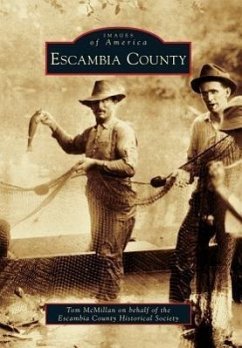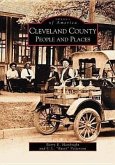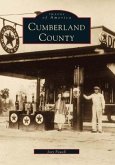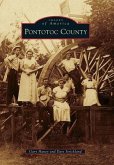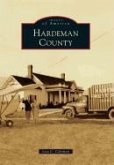Escambia, which means "land of clear water," was carved out of Conecuh and Baldwin Counties by an act of the Alabama Legislature in 1868. The history of Escambia County is the story of human interaction with the environment. The county's wealth of natural resources has been recognized by societies throughout history--from Creek Indians who hunted in its pine forests to European explorers writing back home to its current inhabitants who depend on the land in one way or another. All of the principal towns in Escambia County developed around the railroads, and most of the early communities that were not on the rail system have become small residential communities or are forgotten to history. The only federally recognized tribe of Native Americans in the state of Alabama, the Poarch Creek Indians, is located in Escambia County. Residents enjoy a strong timber and paper industry, a healthy farming community, and a robust oil and gas industry.

